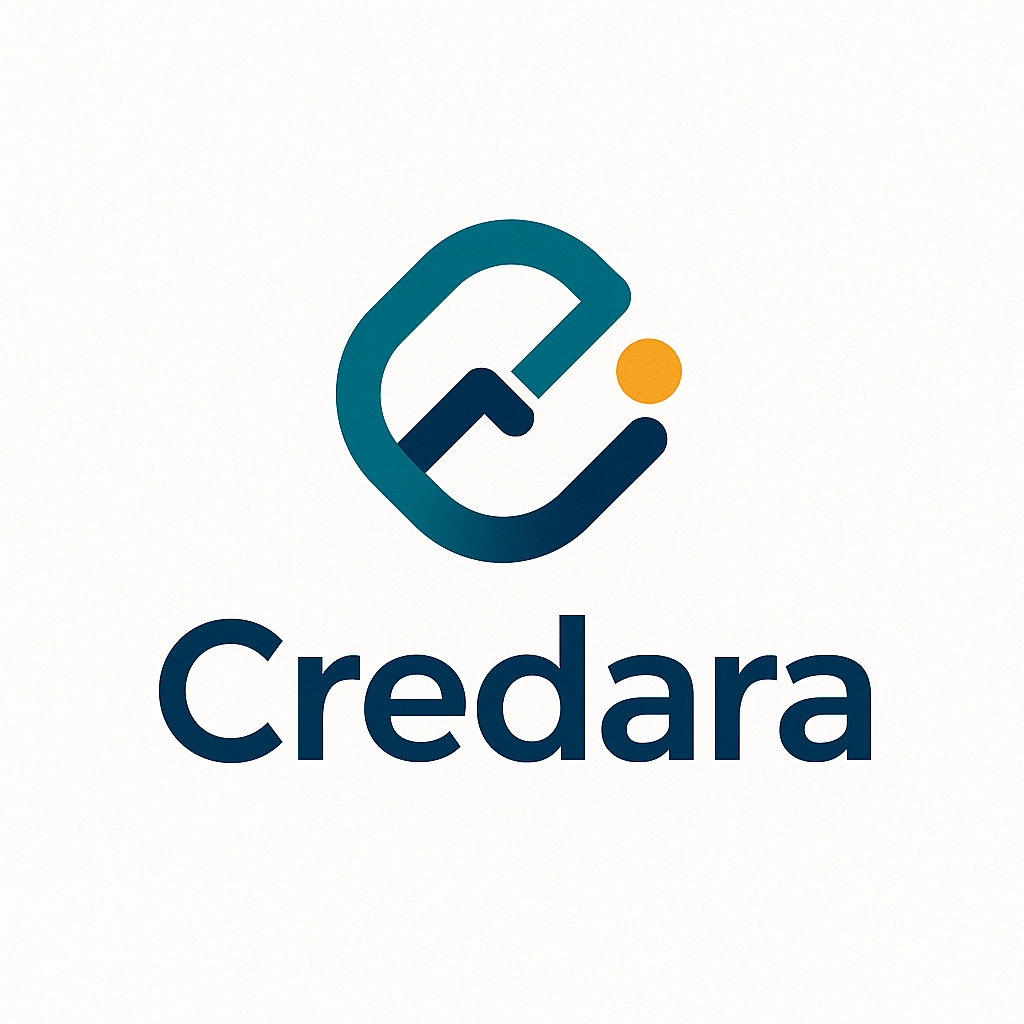Budgeting Methods
5 Simple Budgeting Methods That Actually Work (Even If You Hate Budgeting)
Struggling to stick to a budget? You’re not alone. For most people, budgeting feels restrictive, boring, and hard to maintain. But here’s the truth: the right budgeting method can make all the difference.
In this guide, we’ll break down five simple budgeting methods that actually work—even if you're not a “numbers” person. Whether you’re living paycheck-to-paycheck or just want to save more, there’s a strategy here for you.
1. The 50/30/20 Rule
Best for: Beginners who want an easy structure.
This popular method divides your after-tax income into:
- 50% Needs (rent, groceries, bills)
- 30% Wants (eating out, subscriptions, shopping)
- 20% Savings & Debt Repayment
💡 Tip: Use a budgeting app like Empower or YNAB to auto-track your spending across these categories.
2. Zero-Based Budgeting
Best for: People who like knowing where every dollar goes.
With zero-based budgeting, every dollar is assigned a job—whether it's paying bills, saving, or buying coffee. By the end of the month, your income minus expenses should equal zero.
This method takes more effort, but it gives you total control.
✅ Try You Need a Budget (YNAB), one of the best apps for zero-based budgeting—it makes the process much easier.
3. Pay Yourself First
Best for: People who struggle to save consistently.
Instead of saving what's left over after spending, flip the script: save first, spend second.
For example, if you earn $3,000/month, you might immediately put $600 (20%) into savings, then budget the rest.
🔄 Automate this with a high-yield savings account from CIT Bank or SoFi to make your money work harder.
4. The Envelope System (Digital or Cash)
Best for: Overspenders who need visual limits.
Traditionally, this involves using physical envelopes for each spending category (like food, gas, fun). Once an envelope is empty—no more spending in that category.
Digital versions now exist, letting you assign virtual envelopes within budgeting apps.
📱 Check out Goodbudget or Mvelopes for a digital envelope system.
5. The No-Budget Budget
Best for: Minimalists who hate tracking.
This method is super simple: automate your savings, pay your bills, and spend the rest however you want. It's low-effort but only works if your income covers your lifestyle comfortably.
🧠 Bonus tip: Pair this with a tool like Truebill to automatically cancel unused subscriptions and keep spending in check.
Final Thoughts
Budgeting doesn’t have to be stressful or complicated. The key is finding a system that matches your personality and lifestyle. Start small, be consistent, and don’t beat yourself up over the occasional slip-up.
Remember: every dollar you take control of is one step closer to financial freedom.
🛠 Tools We Recommend
- Best for Zero-Based Budgeting: YNAB
- Best for Beginners: Empower
- Best Savings Account: SoFi High-Yield Savings
